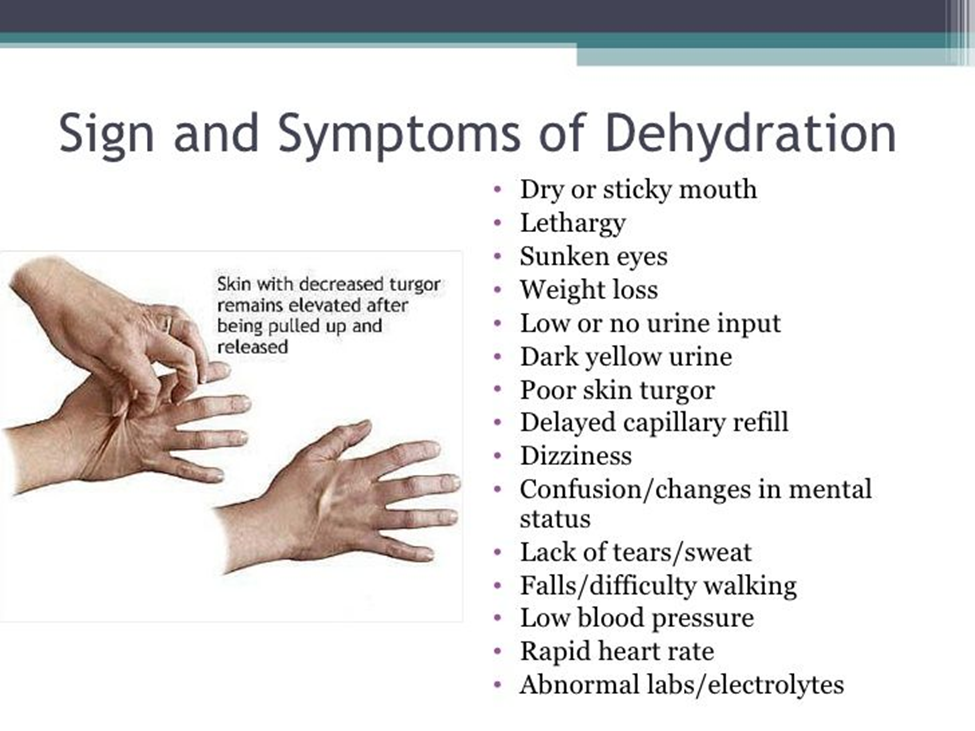A nurse is caring for an older adult client who has dysphagia and left-sided weakness following a stroke. Which of the following actions should the nurse take?
Instruct the client to tilt her head back when she swallows.
Place food on the left side of the client’s mouth.
Add thickener to fluids.
Serve food at room temperature.
The Correct Answer is C
A. Instruct the client to tilt her head back when she swallows.
Tipping the head back during swallowing is not recommended, especially for individuals with dysphagia. It can increase the risk of aspiration, as it may interfere with the normal swallowing mechanism. The head should be kept in a neutral position during swallowing.
B. Place food on the left side of the client’s mouth.
Placing food on the side with weakness may lead to difficulty in chewing and increased risk of aspiration. The placement of food should be based on the individual's ability and preference, and it's important to consider the safety of swallowing.
C. Add thickener to fluids.
This is the correct choice. Adding thickener to fluids can help modify their consistency, making them easier to swallow and reducing the risk of aspiration. The appropriate thickness should be determined based on the individual's ability to swallow safely.
D. Serve food at room temperature.
While serving food at room temperature may be a preference for some individuals, it is not specifically addressing the safety concerns related to dysphagia and left-sided weakness. The focus should be on modifying food textures and consistencies to ensure safe swallowing.
Nursing Test Bank
Naxlex Comprehensive Predictor Exams
Related Questions
Correct Answer is A
Explanation
A. Tenting
Tenting refers to the delayed recoil of the skin when pinched. In a dehydrated state, the skin loses elasticity, leading to tenting due to decreased skin turgor. This is a specific sign of fluid-volume deficit.
B. Protruding eyeballs
Protruding eyeballs are not typically associated with dehydration. This could be related to other conditions such as thyroid dysfunction, but it is not a specific indicator of fluid-volume deficit.

C. Elevated blood pressure
Elevated blood pressure is not a typical sign of dehydration. In fact, dehydration often leads to a decrease in blood pressure due to reduced blood volume.
D. Dry mucous membranes
Dry mucous membranes can be an indication of dehydration, but in the context of the question, tenting (Option A) is a more specific sign related to skin turgor and is commonly assessed when evaluating for dehydration.
Correct Answer is A
Explanation
A. Discuss a referral to home health and hospice care with the client and family.
This is the correct answer. Discussing a referral to home health and hospice care addresses the client's expressed desire to go home and provides the necessary support and care for both the client and the family during this challenging time.
B. Contact the social worker to assist with nursing home placement.
This option may not align with the client's wish to go home. Nursing home placement may not be the preferred choice, especially when the client wants to spend their final days in a home setting.
C. Talk with the provider about extending the client’s hospital stay.
Prolonging the hospital stay may not meet the client's expressed wish to go home and may not provide the same level of comfort and support as home health and hospice care.
D. Instruct the family about meeting the client’s palliative care needs at home.
While providing information about meeting palliative care needs at home is important, it is more comprehensive to involve home health and hospice services, which can provide skilled care, emotional support, and assistance to the family in managing the client's care needs at home.
Whether you are a student looking to ace your exams or a practicing nurse seeking to enhance your expertise , our nursing education contents will empower you with the confidence and competence to make a difference in the lives of patients and become a respected leader in the healthcare field.
Visit Naxlex, invest in your future and unlock endless possibilities with our unparalleled nursing education contents today
Report Wrong Answer on the Current Question
Do you disagree with the answer? If yes, what is your expected answer? Explain.
Kindly be descriptive with the issue you are facing.
